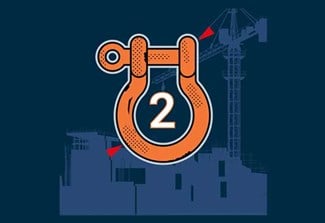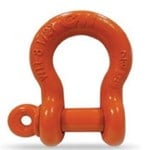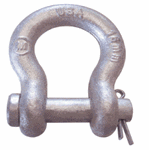Shackle Inspection Checklist: Six Items to Inspect Before Use
Know What to Look For and When to Remove a Shackle from Service
Improper use or care of shackles can result in serious accidents that not only injure employees but damage property as well. To avoid this, shackle inspection is critical. In accordance with ASME B30.26, shackles should be visually inspected before every use.
If any of these six conditions are apparent during shackle inspection, the shackle should be discarded and replaced.
Condition 1:
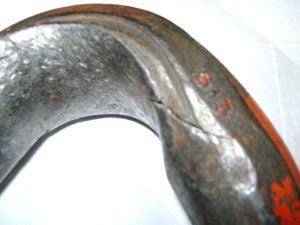 Any part of the shackle is worn more than 10 percent of the original dimensions.
Any part of the shackle is worn more than 10 percent of the original dimensions.
If this happens, it typically means that the physical size of the shackle is smaller, therefore it cannot handle the rated load and becomes dangerous to use.
Condition 2:
The shackle has excessive pitting, corrosion, nicks or gouges. If a shackle has excessive pitting, that is usually a sign of corrosion. When this happens, material is being lost and the shackle dimensionally becomes smaller. Therefore, it cannot handle its rated capacity.
Similarly, nicks and gouges are an intrusion on the original dimensions of the shackle and create a stress raiser on the shackle. Material is moved or removed from the shackle, making it smaller in size and unable to handle the rated load.
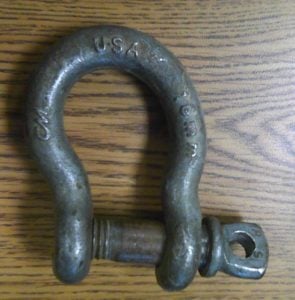 Condition 3:
Condition 3:
Load bearing components are bent, twisted, distorted, stretched, elongated, cracked or broken.
Any shackles that are distorted from their original shape should be immediately removed from service.
Condition 4:
Indication of heat damage. When shackles are manufactured, they go through a heat treatment process. Therefore, being exposed to heat in the field can reverse that process and weaken the shackle. Heat damage can be difficult to see, but there are a few key items to look for:
- Blue or straw discoloration of the shackle material
- Weld spatter. When weld spatter lands on the shackle, the heat from that molten dot of metal is immediately transferred to the shackle, changing the properties of that shackle.
Condition 5:
Missing or illegible manufacturer’s name or trademark, working load limit or size. Every CM shackle is forged with the CM logo, its body or diameter size, trace code, USA, “Forged” and its specified working load limit. These markings should be visible on the shackle.
Condition 6:
Load pins are bent or have visibly damaged threads. When load pins are bent, the pin has gone past its elastic limit. If the product continues to be used, there is a higher chance of a dropped load, which can injure operators and cause property damage. Damaged threads mean that the pin is not making 100% engagement with the shackle. This can lead to a failure of the shackle.
North America - EN




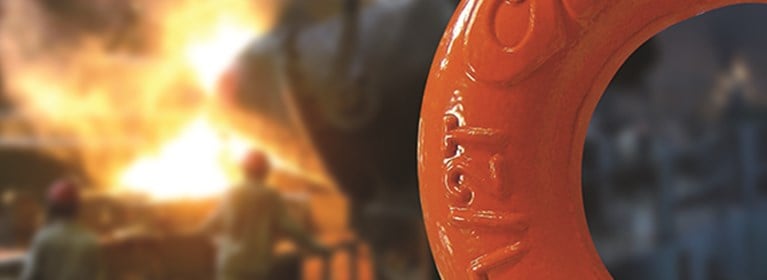
 Any part of the shackle is worn more than 10 percent of the original dimensions.
Any part of the shackle is worn more than 10 percent of the original dimensions.  Condition 3:
Condition 3: